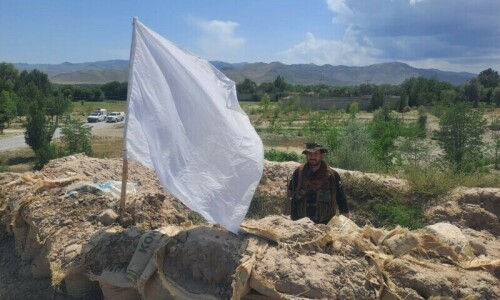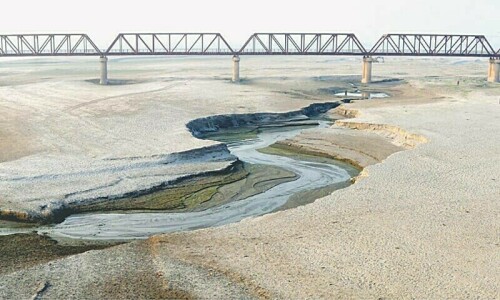ISLAMABAD: Pakistan will require more than $390 billion in additional investment by 2050 through the coal-to-gas transition in the industry, electrification of transport and the replacement of gas with electricity for cooking to meet international commitments on reducing carbon emissions, according to an Asian Development Bank (ABD) report released on Sunday.
The report, Pakistan Low-Carbon Energy Outlook and Technology Road Map, noted that the required energy expansion plans imply major investment commitments.
In low-carbon scenario, hydropower generation requires an investment of $153bn, nuclear power $103bn, wind power $62bn, and solar $51bn. To handle growing power demand and maintain grid stability, $22bn investment in transmission and distribution is also required, the report said.
These large investments in the power sector are in addition to the investment required in the transport and domestic sectors to achieve energy efficiency savings. “Achieving such an ambitious investment programme will be challenging,” the Manila-based lending agency said.
It said the direct government funding was likely to be limited, so a majority of funds will have to come from the foreign and domestic private sector — through direct investment, equity funding, bank credits and bond issues — and international financial assistance, which would require major reforms. “The investment climate must be sufficiently encouraging for this large-scale funding to be possible,” it said.
Says regulatory reforms, major policy initiatives, robust planning must to attract funding
The report noted that under the low-carbon scenario, total energy sector greenhouse gas emissions would be almost 23pc lower in 2030 and 36pc lower in 2050, compared with the business-as-usual scenario. Therefore, the same growth rate is possible, but with around one-third less emissions. This will require major policy initiatives to strengthen the system of financial intermediation, align incentives for the private sector with the goals of environmental policy, ensure the regulatory system supports these goals effectively, and develop a system of project preparation and implementation that meets the requirements of multilateral and bilateral donor organisations.
Only if there is major progress in these areas will it be realistic to think that the low-carbon scenario could be fully funded and implemented.
In addition, from the side of energy delivery, effective system planning, adequate mechanisms and incentives for supply- and demand-side flexibility, short-term system balancing, and stability procedures will be required to support a transition to a low-carbon pathway.
The report is based on the government’s ambition of achieving an upper middle-income country status by 2047. It said a key policy challenge for Pakistan was to maintain an acceptable rate of economic growth, meeting growing energy demand in an affordable manner, while minimising the damage caused by emissions and meeting government targets and its international commitments under the Paris Agreement on Climate Change.
Pakistan is highly vulnerable to the adverse effects of climate change and is among the top 10 countries most affected by climate change.
In 2016, as part of the climate change negotiations under the nationally determined contributions (NDCs), Pakistan proposed to reduce up to 20pc of national greenhouse gas emissions by 2030, taking 2015 as the base year.
In 2021, the government agreed to the revised NDCs that extended this target to an overall 50pc reduction by 2030, where 15pc is unconditional and the remaining 35pc is conditional on receipt of adequate international financial assistance.
The low-carbon scenario shows a strong effect of electrification and fuel-switching. The key mitigation opportunities from the demand side lie in the coal-to-gas transition in the industry, electrification of transport, and electricity replacing the use of gas for cooking, it said.
A key part of the low-carbon scenario involves a major shift to cleaner fuels. As per the goals, 26pc of total primary energy supply would come from natural gas and 22pc from cleaner fuels in 2050.
Published in Dawn, November 18th, 2024
















































Dear visitor, the comments section is undergoing an overhaul and will return soon.